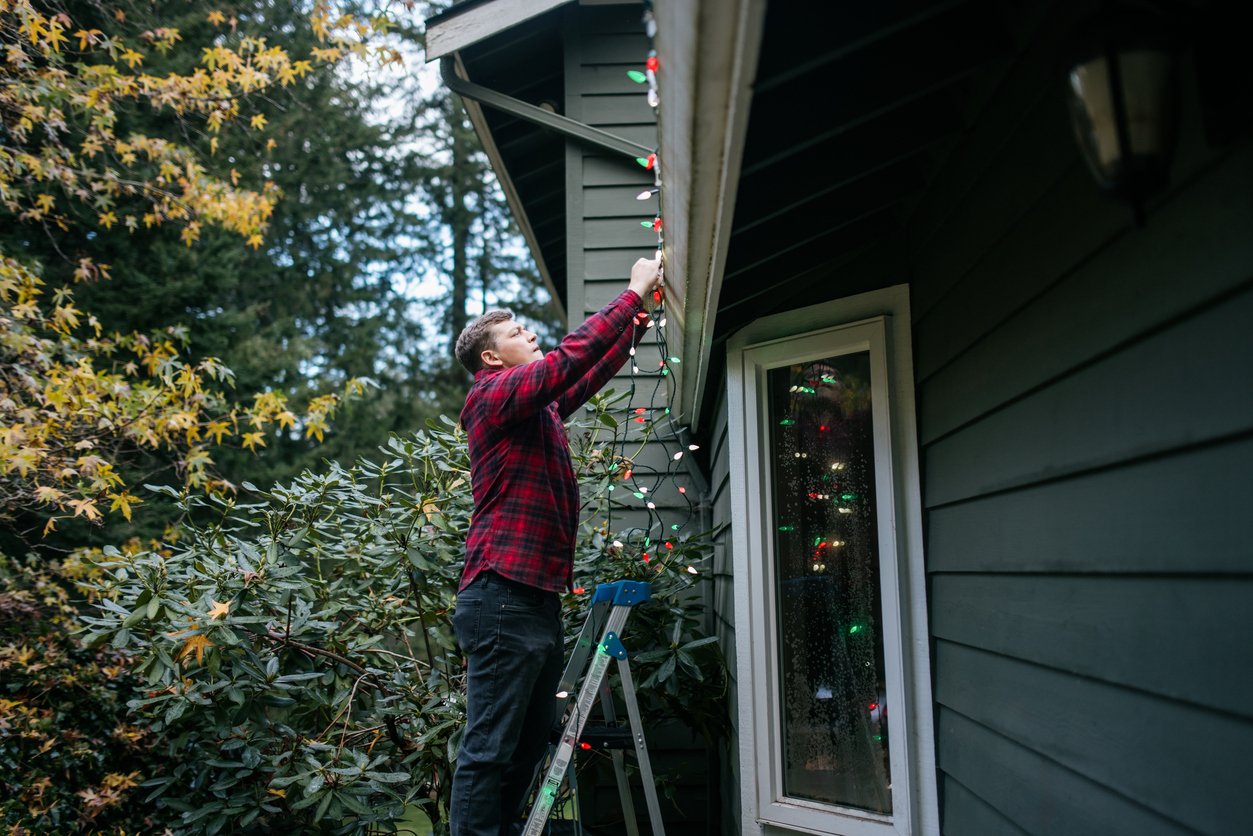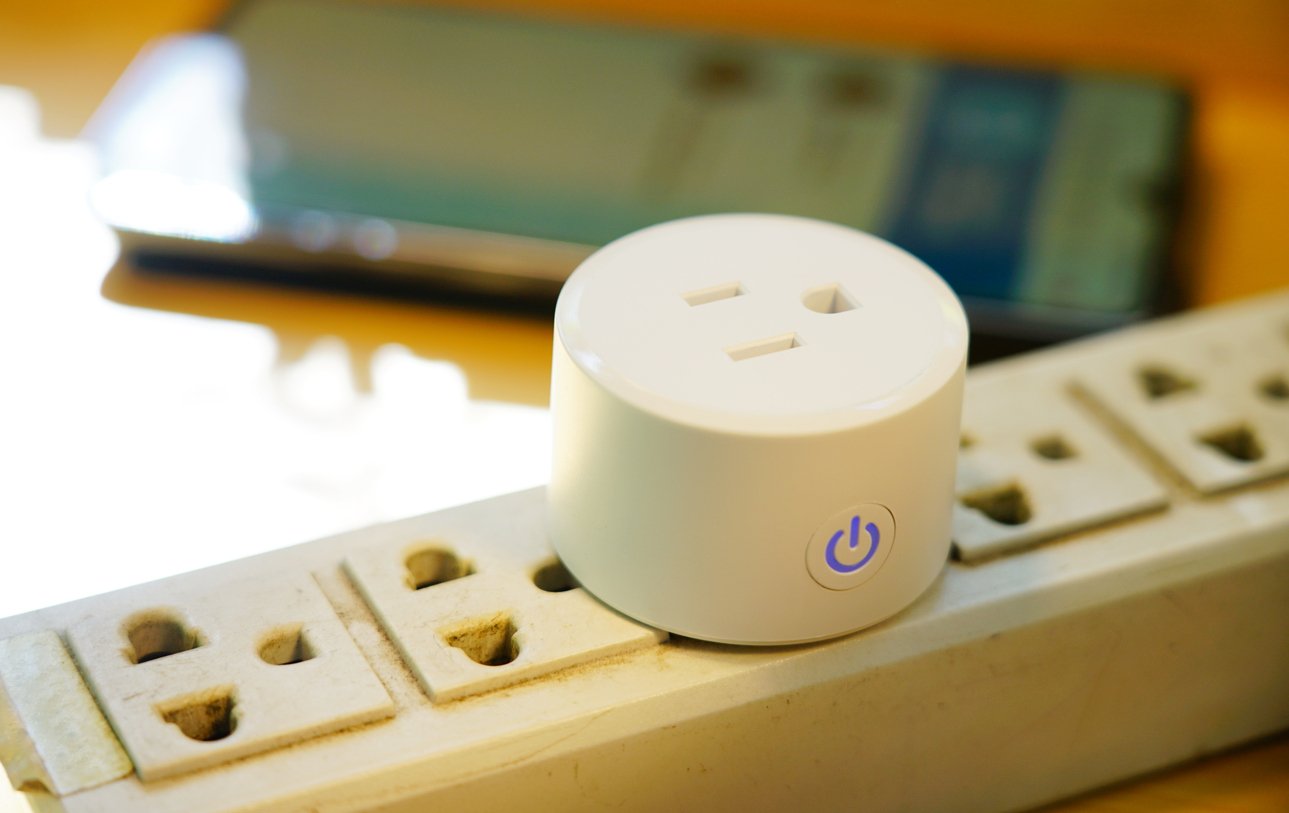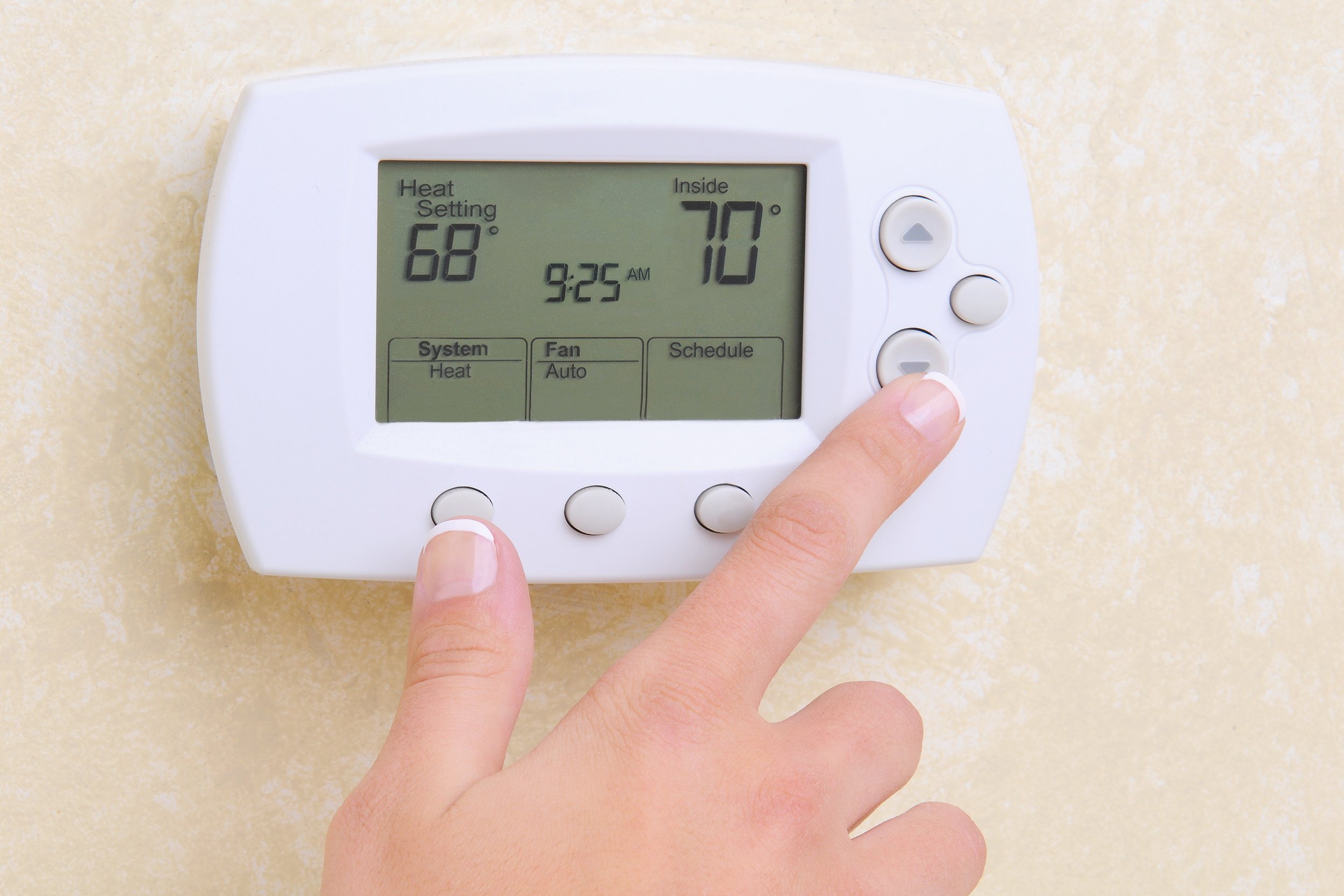Tis the season when, while you’re fa-la-la-ing, your electric bill is quietly inflating. The average U.S. household is already paying around $150 a month for electricity, and usage spikes during winter thanks to heating, cooking, lighting, and every plug-in decoration you drag out of storage. With residential rates hovering around 17 cents per kilowatt-hour, even a few extra hours of lights or an oven running nonstop shows up fast — which makes it worth knowing the simplest ways to keep that bill from snowballing.
Here are seven ways to save on energy bills over the holidays.
Switch to LED Lighting

Regardless of whether you’re going full Danny DeVito in Deck the Halls, decorating your house until it’s visible from space, or just adding a twinkle here and a twinkle there, incandescent lighting eats up a lot of electricity. LED lights, on the other hand, use up to 75% less energy and last 25 times longer. They’re also safer, sturdier, and easier to install.
Put Your Decor on Timers

There’s no reason to let the holiday lights do their thing overnight when there isn’t a jolly soul awake to enjoy them. Use plug-in timers to set a simple on/off schedule so that your tree, porch lights, and outdoor displays aren’t running until sunrise. It cuts hours of unnecessary electricity use and keeps your bill from ballooning during the weeks when everything in the house is already plugged in and running overtime.
Use Smart Plugs

According to the Department of Energy (DOE), phantom energy can account for 5%–10% of a household’s electricity use in the U.S., and smart plugs are one of the easiest ways to shut that down. Smart plugs — adapters that plug into a standard outlet, allowing you to control devices — let you control when decorations, space heaters, and other energy-hungry devices turn on and off. They also stop “standby” or phantom load — the electricity electronics use even when they’re off.
Cook Strategically

Holiday cooking can turn your kitchen into a power drain faster than you can say fruitcake. It helps to be a little smarter about how you use the kitchen. Cook in batches to take advantage of the heat in the oven instead of running it over and over. For smaller things, use the microwave, toaster oven, or slow cooker, since they pull way less power. Keep lids on pots, match the pan to the burner, and try not to open the oven door mid-bake — Entergy says that a quick peek can drop the temp by about 25°F, which just makes the oven work harder.
Drop the Thermostat a Couple Degrees

A hot oven, a place filled with guests, and holiday lighting heat the house on their own, so you can get away with a cooler baseline without anyone noticing. Heating is the biggest energy expense in an American household during the winter, so even a small thermostat adjustment can move the needle. Lowering the temperature by just a few degrees cuts how often your furnace or heat pump has to cycle, and the DOE says setting your thermostat back 7–10°F for eight hours a day can reduce annual heating costs by around 10%.
Open the Curtains When the Sun’s Out

Daylight is free heat, so when it’s sunny outside, quite literally let the sunshine in. DOE recommends opening curtains and blinds on south-facing windows during the day so sunlight can naturally warm the room. It’s called passive solar gain, and it reduces how often your furnace has to cycle on. When the sun goes down, close the curtains to add an extra layer of insulation and help trap the warmth you collected.
Check for Utility Rebates

Most power companies offer rebates for basic efficiency upgrades, and people forget they exist. You can usually get money back on things like smart thermostats, LED lights, weatherstripping kits, and insulation. It’s an easy way to cut the cost of the stuff you’re already buying for winter. ENERGY STAR has a national rebate finder, and big utilities like ComEd, Duke Energy, and Xcel Energy list their offers right on their sites.
More Money-Saving Tips on Cheapism

- 50 Money-Saving Energy Tips for Winter — Budget-conscious people will want to know these energy-saving tips that can also help lower utility bills.
- 7 Best Money-Saving Tips for Gen Z, According to Redditors — Here are seven money-saving tips tailored to young adults, according to Reddit’s thriftiest subreddit.
- 11 Ways You’re Wasting Energy at Home (and How To Stop!) — Wasting electricity at home is an easy trap to fall into, especially when we’re unaware of how everyday habits can drive up our energy bills.




